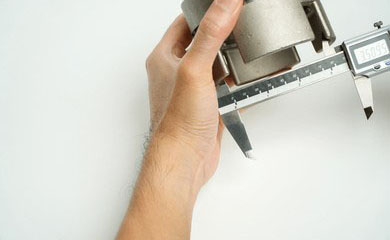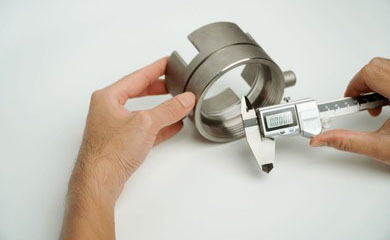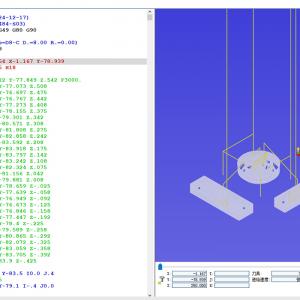Optimizing Hole Tolerance Measurements
How to correctly measure hole tolerances?
In the realm of manufacturing and engineering, measuring hole tolerances is a critical step in ensuring component quality and interchangeability. Hole tolerances define the allowable range of hole dimensions, and employing the correct measurement methods is crucial for maintaining component performance and functionality. This article will outline the general steps and commonly used tools for measuring hole tolerances.
1. Preparation:

2. Selecting the Right Measurement Tools:

- Vernier Caliper: This is one of the most basic measurement tools used to measure the outer diameter or width of a hole. It offers high precision and is straightforward to use, making it suitable for most standard applications.
- Inside Micrometer: Used to measure the inner diameter or depth of a hole. Inside micrometers feature adjustable measuring heads, allowing for easy measurement of deep holes.
- V-Blocks: Employed to support and stabilize workpieces, especially when measuring larger holes. They ensure that the workpiece remains vertical and horizontal, thereby enhancing measurement accuracy.
3. Conducting Measurements:

- Use a vernier caliper to measure the outer diameter or width of the hole. Ensure that the caliper's measuring head is parallel to the axis of the hole.
- Utilize an inside micrometer to measure the inner diameter or depth of the hole. Ensure that the inside micrometer's measuring head makes even contact with the hole's wall to obtain precise measurements.
- If there is a need to measure the roundness or concentricity of the hole, projection equipment or optical measuring devices can be used to achieve more accurate measurements.
4. Recording and Interpreting Measurement Results:

5. Quality Control and Adjustment:
If measurement results deviate from design specifications, appropriate actions may be necessary to adjust the component or consider a re-manufacturing process. This may involve altering the hole's dimensions or selecting an appropriate manufacturing method.In conclusion, measuring hole tolerances is a critical step in ensuring component manufacturing quality and performance. Choosing the right measurement tools, accurately recording and interpreting measurement results, and adhering to standards are essential for the success of the manufacturing process. Strict compliance with standards and specifications ensures that components meet design requirements and possess the necessary interchangeability and performance characteristics.





